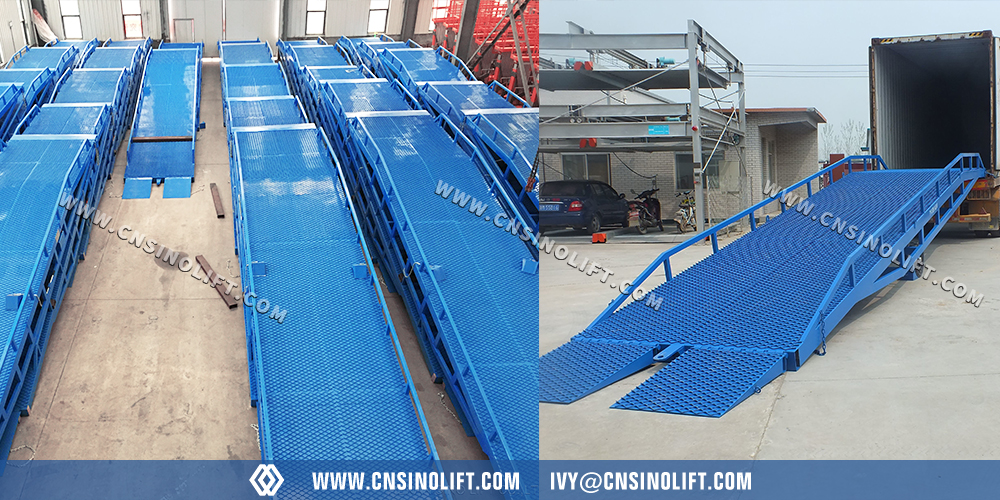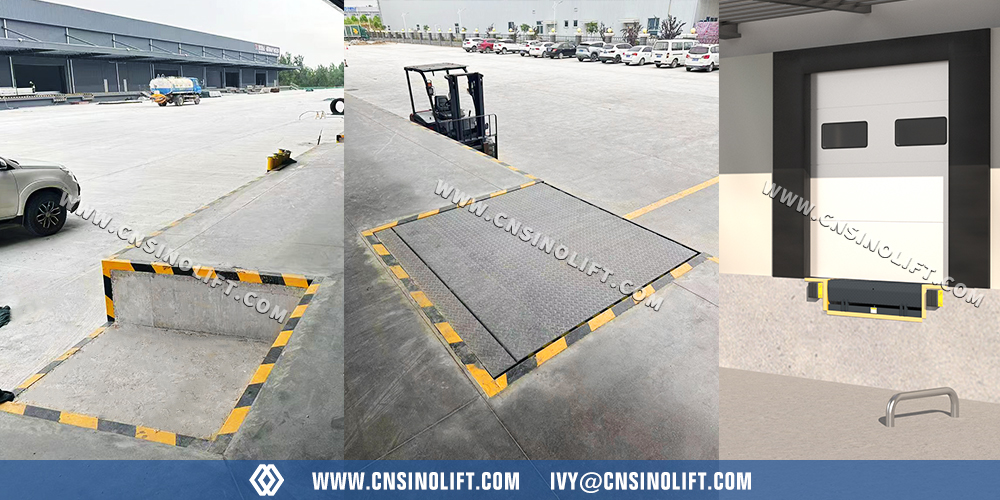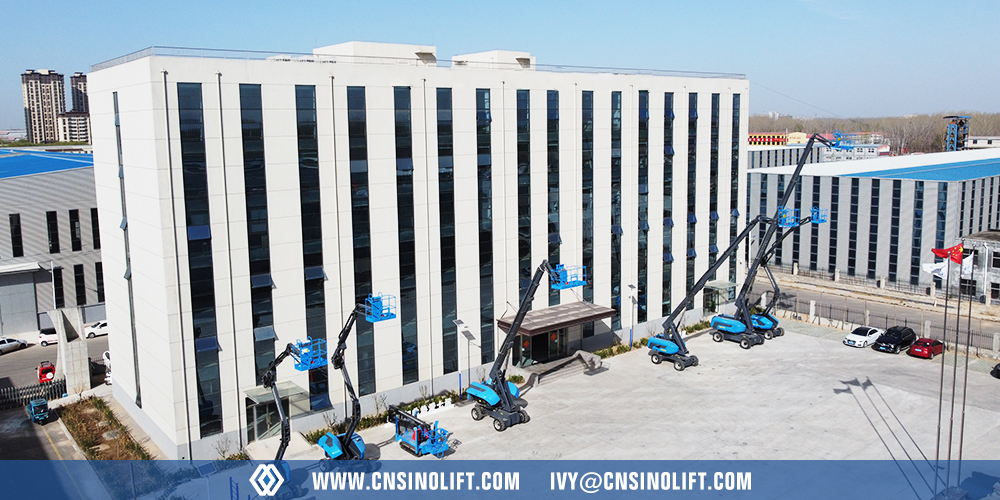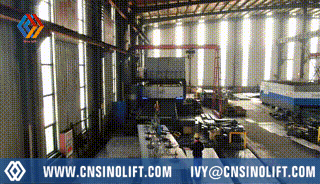Selecting the right loading ramp is essential for any facility that deals with frequent loading and unloading. Whether you're handling containers, trucks, or dock platforms, choosing between a mobile loading ramp and a fixed loading ramp depends on your environment, equipment, and operational needs. This guide explains key selection criteria—including weight capacity, ramp length, ramp width, and loading height—while focusing on the two most commonly used ramp types.

A mobile ramp is designed to provide flexibility in your yard or warehouse. It's especially useful when loading or unloading vehicles at ground level.
Key specifications:
External dimensions: 11300mm (L) × 2100mm (W) × 1100mm (H)
Load capacity: 6–15 tons
Height adjusted manually
Easy to move and reposition
This ramp type is ideal for locations where loading points vary or space must be optimized.
Also called a dock ramp, this is installed at a fixed dock position for continuous, stable use.
Key specifications:
Standard dimensions: 2500mm (L) × 2000mm (W) × 600mm (H) (customizable)
Load capacity: 6–15 tons
Powered by AC hydraulic system
Installed to align with the height of trucks or containers
Fixed ramps are best suited for facilities with a high volume of vehicle traffic at designated bays.

The ramp must support not just the cargo but the forklift itself. For example, if a forklift weighs 4 tons and carries a 2-ton load, your ramp should be rated for at least 6 tons—preferably more for safety margin.
Both mobile and fixed ramps from our product line support 6 to 15 tons, meeting the demands of most logistics and industrial operations.
Longer ramps provide a gentler slope, reducing stress on forklifts and improving safety. Our mobile loading ramps are built to a standard length of 11300mm, which offers a smooth incline for typical container and truck heights.
Ramp length should be selected based on site space and the height differential to overcome.
Ramp width determines how comfortably and safely forklifts can pass. The mobile ramp’s 2100mm width provides ample room for standard forklifts to operate. For fixed ramps, the 2000mm width can be customized depending on your vehicle types and maneuvering requirements.
A key selection point is the height difference between your ground level and the loading vehicle or dock:
Mobile ramps have manual height adjustment to match different truck or container heights.
Fixed ramps are installed according to the loading vehicle’s height—not simply set at 600mm. Our engineers will design the ramp based on actual site conditions and the type of vehicles in use.
When selecting a ramp, consider:
Outdoor use: Mobile ramps are ideal, especially when trucks are loaded in open yards.
Indoor docks: Fixed ramps offer a permanent, durable solution.
Slippery surfaces: Ensure the ramp includes anti-skid plating or serrated steel surfaces.
Both ramp types are engineered for industrial settings, ensuring long service life even in heavy-duty environments.
Mobile ramps: Manual operation, no power required.
Fixed ramps: Operated via AC-powered hydraulic systems, suitable for facilities with stable power sources.
Note: Diesel and crawler options are not included in our product line.
Your ramp should comply with safety standards and include:
Anti-slip ramp surface
Side guard rails
Hydraulic overload valves (for fixed ramps)
Lock chains and positioning hooks
All our mobile and fixed loading ramps come equipped with these features as standard, providing both operator and cargo safety.
Every loading environment has different demands. We offer flexible design options:
Length and width: Determined by your facility layout and operational needs
Load: 6–15 tons
Power: Manual (mobile) or AC hydraulic (fixed)
Our engineering team will assess your location and workflow to develop a ramp configuration that works best for you.
Choosing the right loading ramp—be it a dock ramp, forklift ramp, or mobile yard ramp—is about balancing your space, loading volume, and safety requirements.
Our mobile loading ramps and fixed dock ramps are trusted across industries for their durability, customizability, and efficiency. Designed for 6–15 ton loads and powered appropriately depending on ramp type, they’re well-suited to a wide range of operational environments.
Still not sure? Contact us to get a free consultation and quote within 24 hours. Our team will guide you based on your site layout, budget, and workflow.

